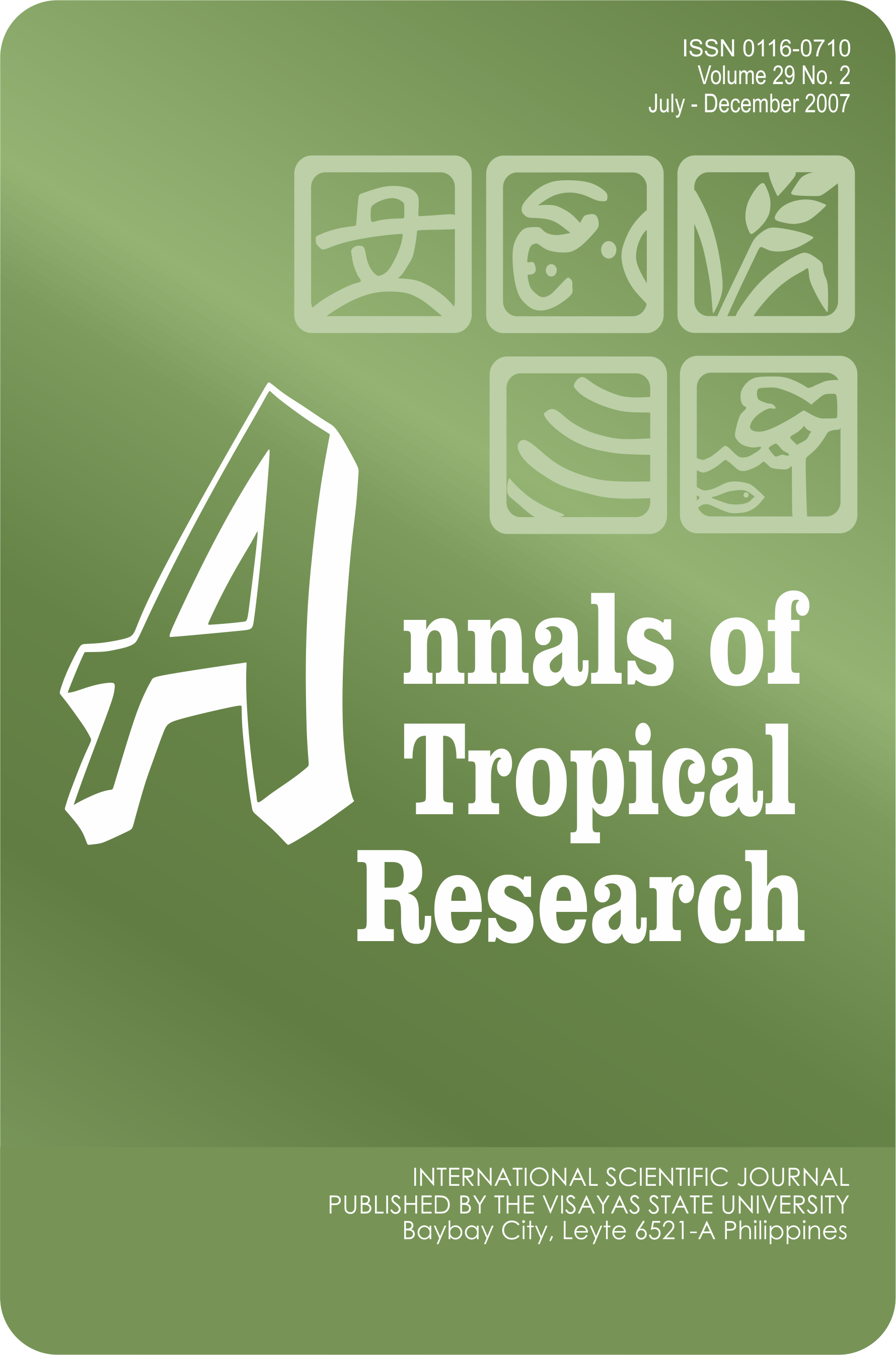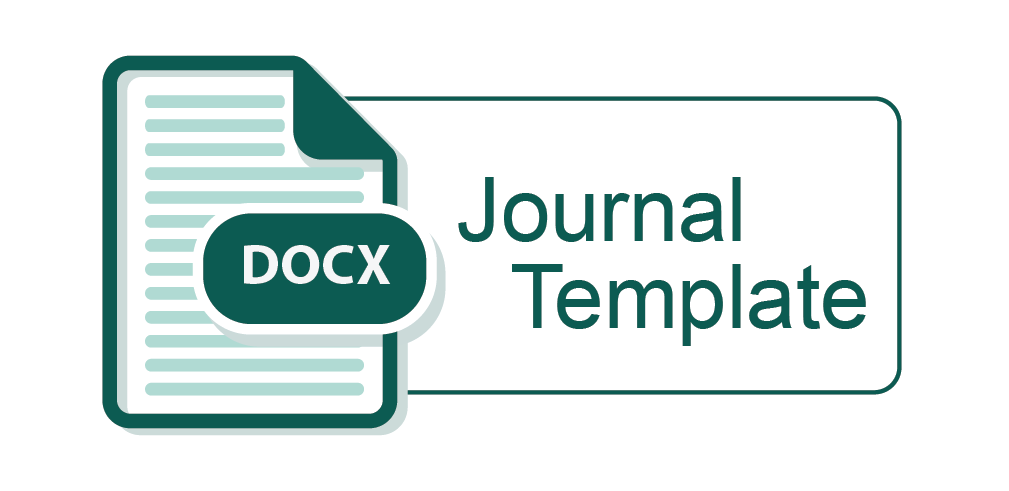Toxic heavy metal biosorption by some marine bacteria isolated from the sediments of industrial effluents of Iligan Bay
DOI:
https://doi.org/10.32945/atr2922.2007Keywords:
absorptive efficiency, zone of growth promotion, atomic absorption spectrophotometer, heavy metal-resistant bacteriaAbstract
Heavy metal-resistant marine bacteria were isolated from the sediments of Iligan Bay near the effluents outlets of certain factories. Isolation was done using marine agar fortified with corresponding different heavy metal concentrations. Isolates were grouped using their morphological and colonial growth characteristics. Among the purified isolates (61), 19 were cadmium-resistant, 29 were lead-resistant and 13 were mercury-resistant. These isolates were tested for their absorptive capability using marine broth added with metal ions: 23.20 µg of Cd, 250.24 µg of Pb and 495.66 µg of Hg, and consequently analyzed using Atomic Absorption Spectrophotometric (AAS) method. From these isolates, 10 heavy metal-resistant species with relatively high absorptive efficiency were identified using conventional method and API Gram-positive bacteria belong to the genus Bacillus and were found to absorb lead metals at 94% absorptive efficiency. However, Enterobacter sp. 2 has the highest absorptive efficiency for Cd at 99% among Gram negative bacteria followed by Chryseomonas sp. 2 with 96% biosorption. Furthermore, among the mercury resistant isolates, Pseudomonas sp. had the highest absorptive efficiency at 79%. Only those heavy metal-resistant isolates which exhibited the highest absorptive efficiency were able to form a zone of growth promotion around a heavy metal-containing filter paper disk which suggests that these bacteria have accumulated heavy metals in their cells. The presence of heavy metal-resistant bacteria is helpful in cleaning up or remediating metal contaminated environments released form industrial effluents.
Downloads
Submitted
Published
How to Cite
Issue
Section
License

This work is licensed under a Creative Commons Attribution-NonCommercial-ShareAlike 4.0 International License.











